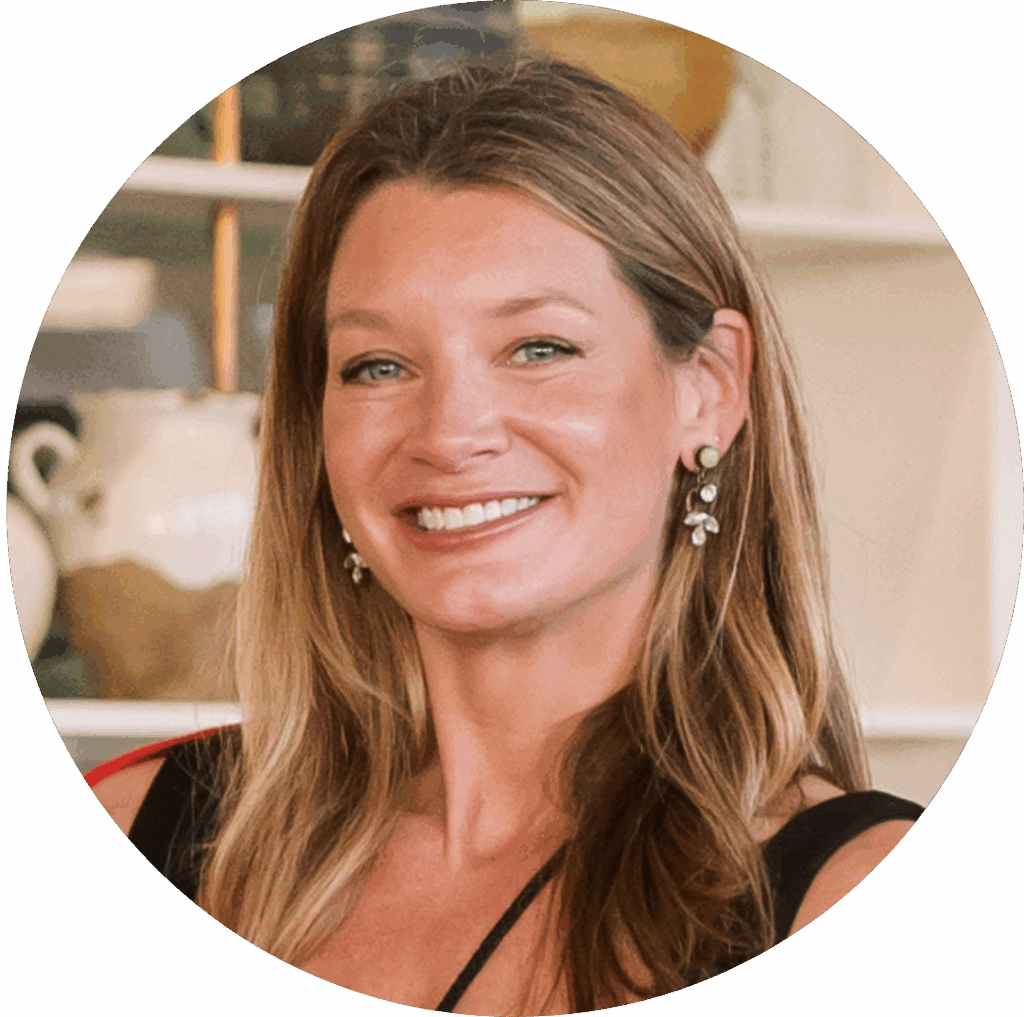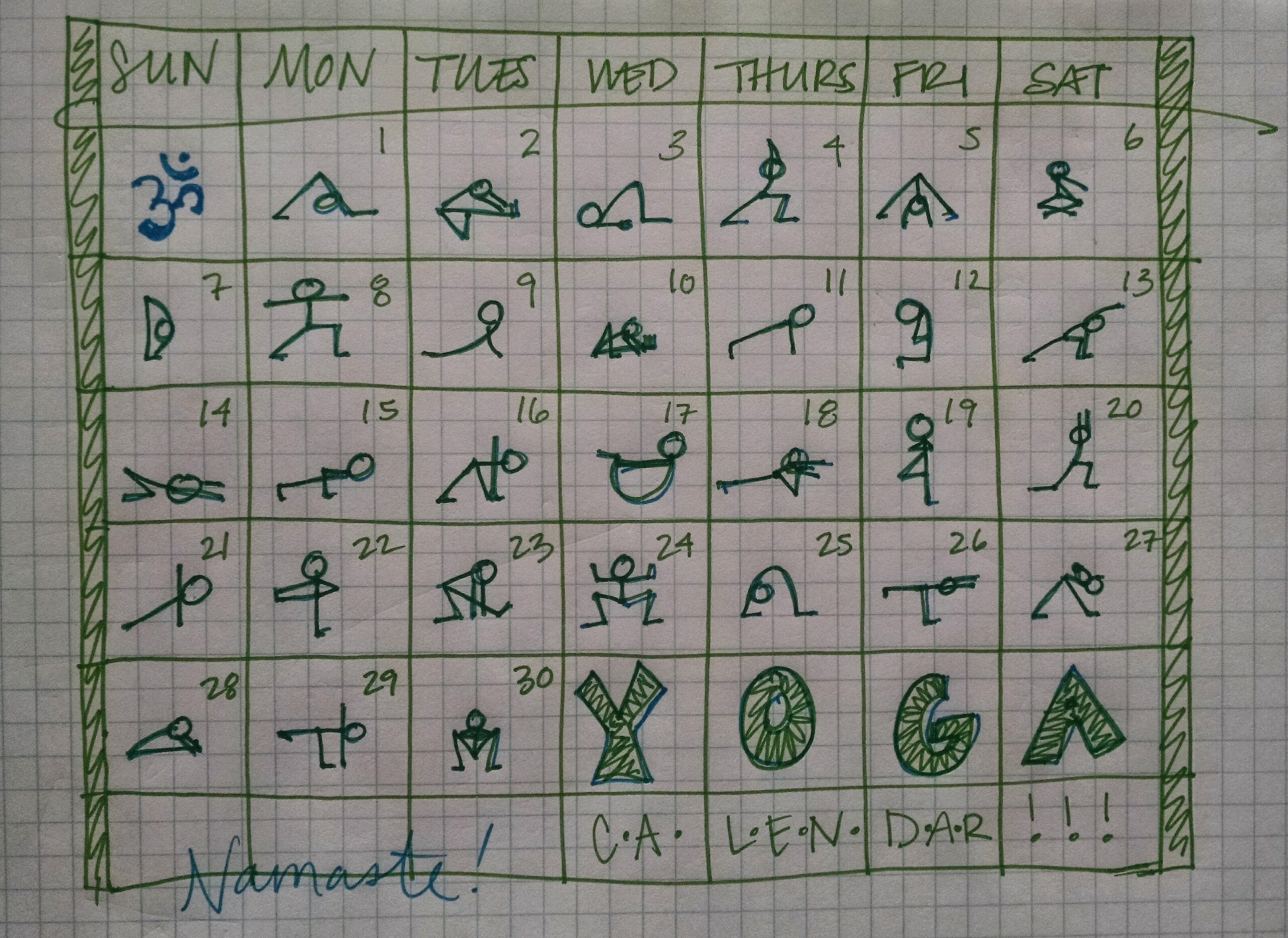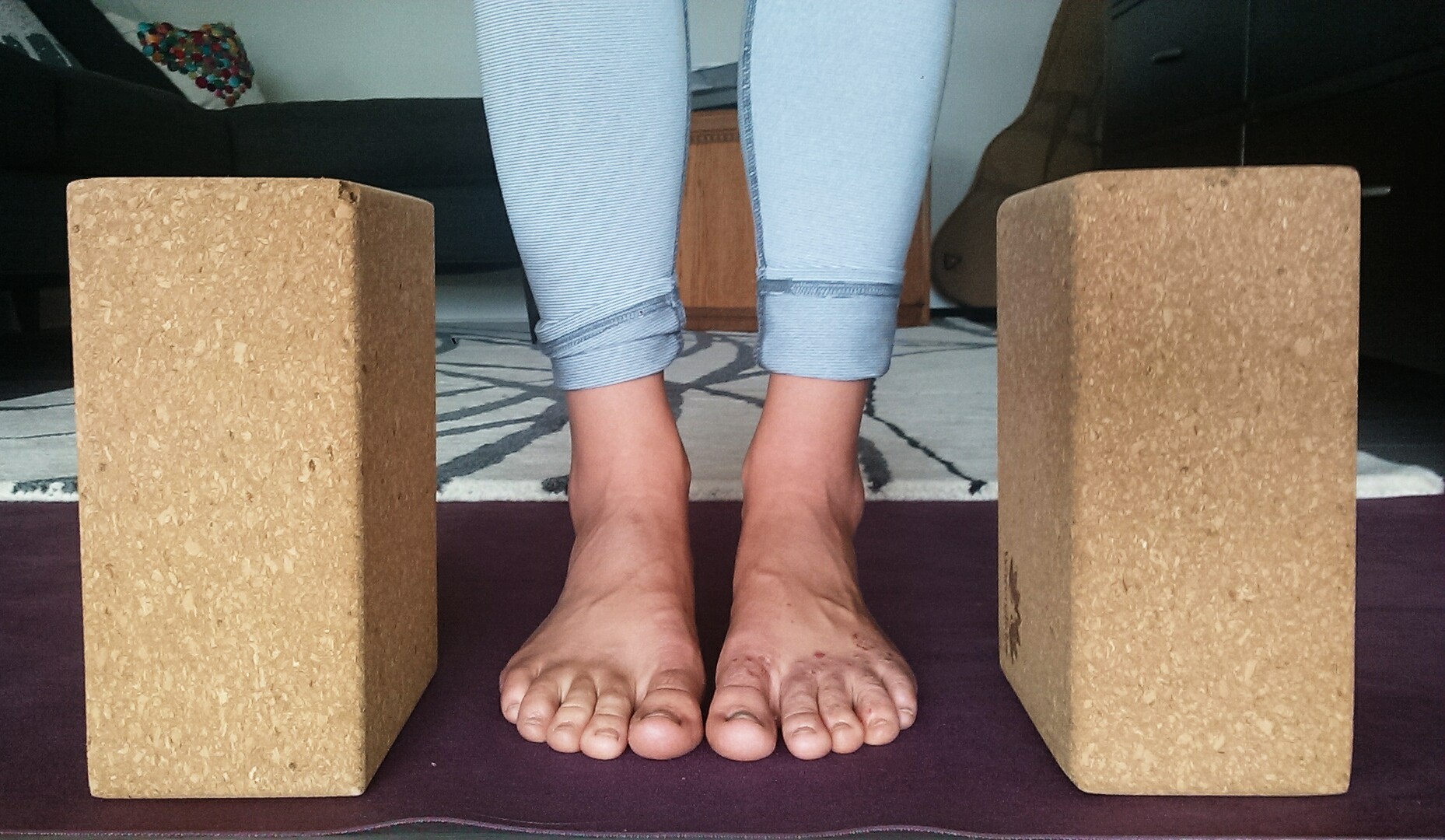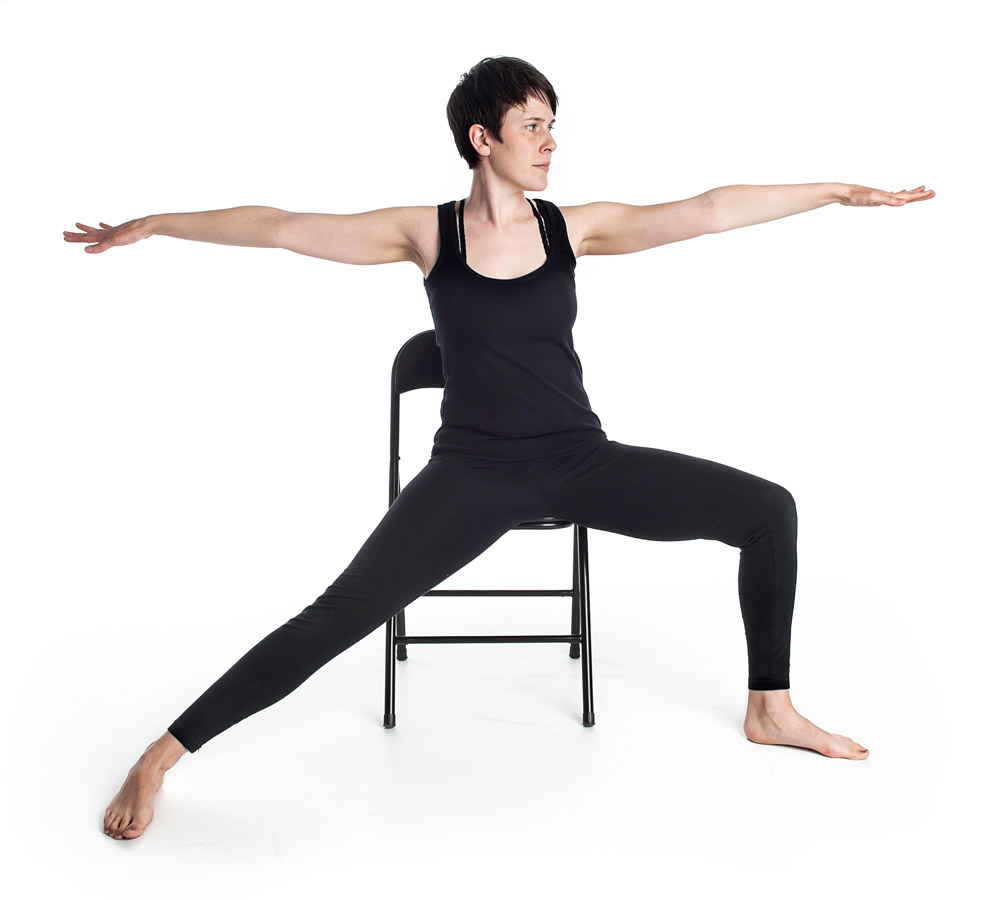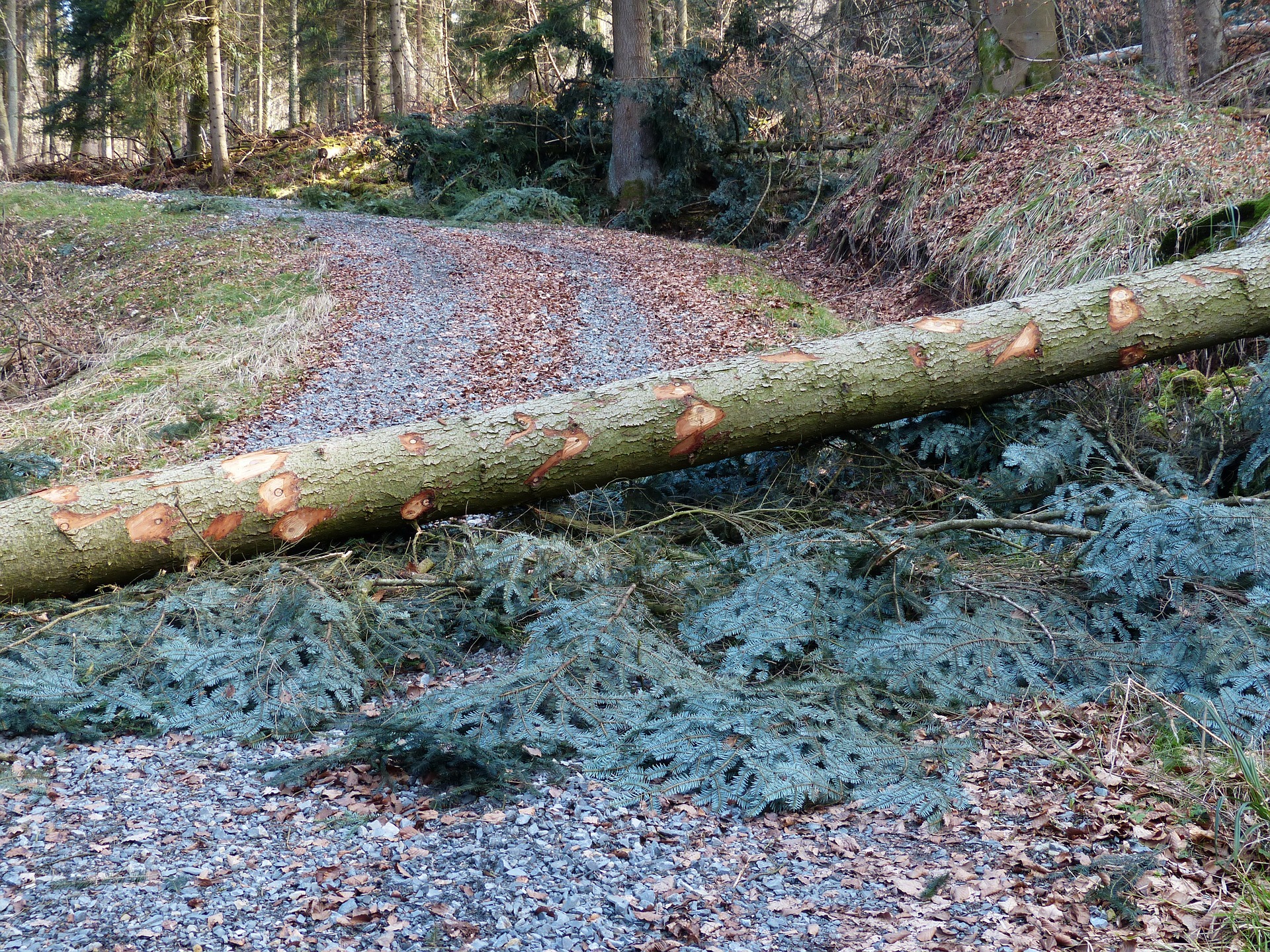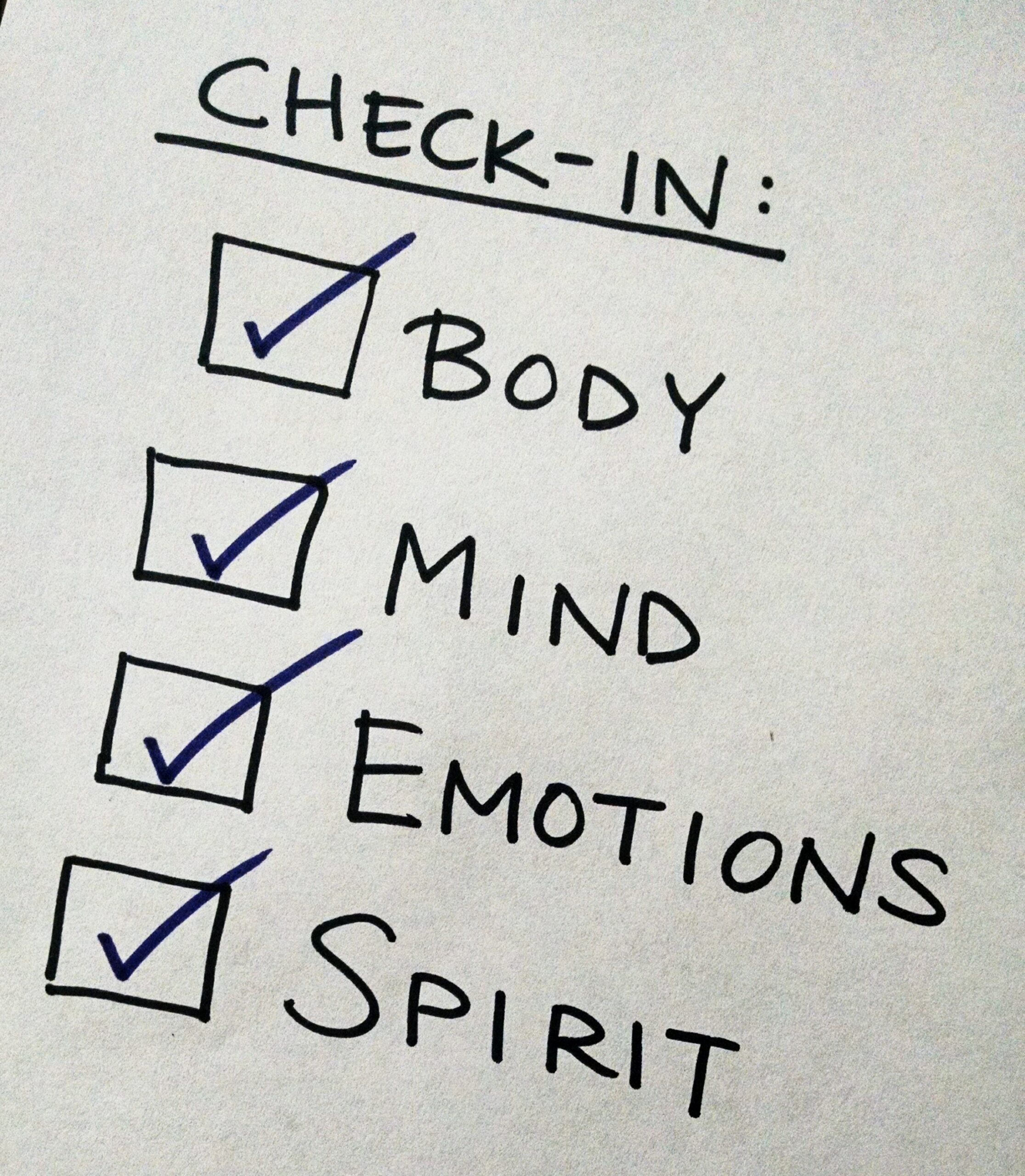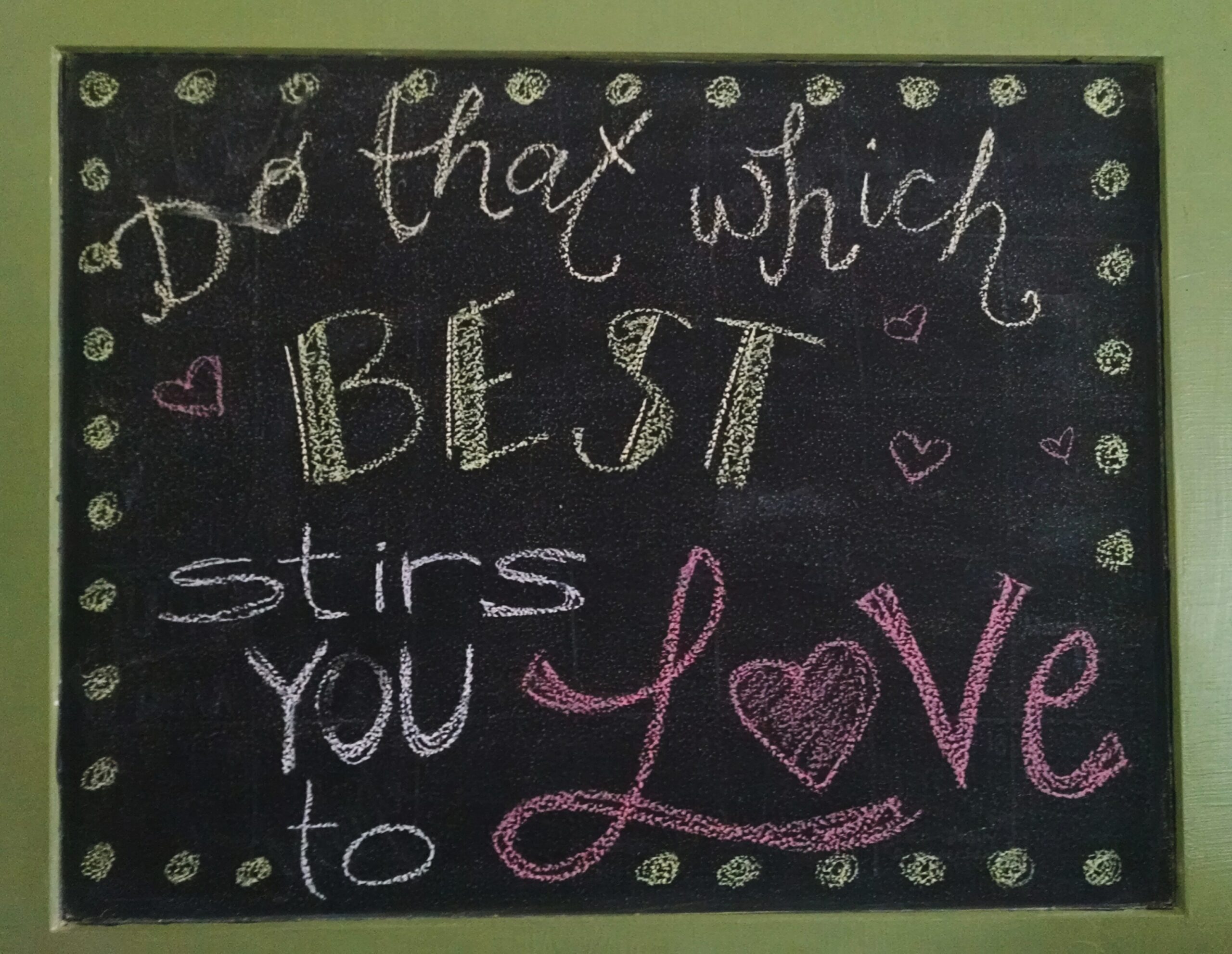We are reposting this, with permission, from Christine Janak’s blog. You can find more from Christine on her website or on Facebook. Christine instructs yoga (among her many talents) and I admire her for her strong sense of self, and self-care!
You can find more on Abhyanga and Meditation on other Lacuna Loft posts.
——————————————————————————————————————————————————————————————————–
I want to share with you a few self-care practices that are incredibly easy to add into your daily routine. Many of them are inspired by Ayurveda, the 5,000-year-old system for natural healing, and sister science to yoga, that has its origins in the Vedic culture of India. I guarantee that each time you do one of these practices, and take a moment to show yourself some love, you’ll feel better afterward. I have experimented with each of these practices over the past 6-12 months, so I will share both the claimed benefits of each and my own experiences with them. My purpose is only to share information, but it is up to you to learn more and to experiment and decide if these practices are right for you and your personal health situation. You don’t have to do them all, and you certainly don’t have to start them all at once! My advice is to choose one and to take your time exploring that practice for a few days or weeks. Once you’re comfortable with it, maybe add another into your routine and let this momentum of self-love keep building. Enjoy!
1. Tongue Scraping or Jihwa Prakshalana
As we sleep at night, our digestive system keeps working, removing toxins from our bodies and depositing them on our tongues. Check out your tongue in the mirror when you wake up, and you’ll see a thin layer of yellow or whitish goo on it. That lovely stuff is made up of bacteria, food debris, fungi, toxins, and dead cells! Gross, right? Luckily, it is easy to remove it and keep it from being reabsorbed into your body. Scraping your tongue every day:
- Bolsters your immune system
- Supports your digestive and respiratory systems
- Boosts overall dental health
- Helps prevent halitosis
- Can open up clogged taste buds, making food taste better
- Stimulates saliva production, stoking your agni or digestive fire
Metal tongue scrapers are inexpensive and can be found at most grocery and drug stores. Scrape your tongue first thing in the morning, before consuming any food or drink. You might think that brushing your tongue with your toothbrush is getting the job done, but really it just moves that junk around without fully removing it!

My experience: The effects of this would be pretty tough to measure, but I can say that it feels great to get that nasty goo off my tongue, especially now that I know what it is. I also feel that starting my day with this beneficial practice (and the next one on the list) sets the tone for the rest of my day. I know that I’m doing something mindful to take care of myself and I can take that attitude with me as I go out into the world, making better choices throughout my day. This is by far the easiest and least time-consuming practice on the list, but the health benefits are incredible. If there is one thing from this list that you try, start scraping your tongue!
2. Warm Lemon Water
While citrus and H2O can’t hurt at any point in your day, this practice is known for being particularly beneficial first thing in the morning. Our bodies are naturally dehydrated when we wake up in the morning, after hours of using and recycling the same water to heal and detoxify as we sleep. A warm cup of water rehydrates the body and serves to dilute the acidic lemon juice, which can be hard on the enamel of the teeth. Lemons are absolutely packed with nutrients, including B and C vitamins, calcium, iron, magnesium, potassium, and fiber. A cup of warm water mixed with the juice of half a lemon :

- Boosts your immune system
- Aids digestion
- Boosts your energy
- Helps flush out toxins
- Helps relieve constipation
- Reduces inflammation over time
- Helps fight viral infections
- Provides blemish and wrinkle-fighting antioxidants
- Helps reduce anxiety and depression
For added detoxifying and blood sugar balancing effects, I add 1 tablespoon of raw, unfiltered Apple Cider Vinegar. For this purpose, you want the kind that has “the mother,” strands of proteins, enzymes, and friendly bacteria that give the vinegar a murky, cobweb-like appearance. The flavor may take some getting used to, but you can always dilute with more water.
My Experience: I LOVE my lemon water. It definitely wakes me up in the morning and sometimes gives me an all-over body buzz, a warming sensation on the surface of my skin. I’m not a big caffeine drinker anymore, but if you are trying to cut back on your intake, replacing your morning coffee with lemon water is a great choice, even if you start out with just a few days each week. Make sure you rinse your mouth with plain water afterwards to protect your enamel from the acid in the lemon juice.
3. Dry Skin Brushing
I’ll admit I was a bit skeptical about this one the first time I read about it, but I am now happily converted, it is AWESOME. Skin brushing’s most important benefit, in my opinion, is that it stimulates the lymphatic system, aiding in the body’s natural detoxification processes and strengthening the immune system. It also exfoliates away dead skin cells, unclogs pores, and increases blood flow to the skin, giving you glowing, silky-soft skin. Another purported benefit is the reduction of cellulite through firming the skin and helping to break up the fat deposits that cause the wrinkled appearance. But quite honestly, I wouldn’t put too much stock in that one. And a friendly reminder for my lady readers, 80-90% of women have cellulite, yes, even supermodels! It is the norm for us women (and some men) and it does not mean that we are unhealthy or overweight. Perhaps our time would be better spent learning to love ourselves as we are than trying to banish those perfectly normal little dimples. Okay, back to the skin brushing…
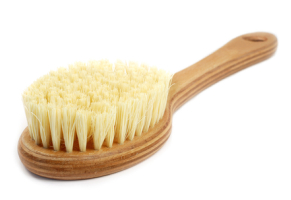
All you need for this is a dry skin brush with firm, natural bristles, ideally with a long handle for reaching your back. They can be found in stores, but I bought mine online for less than $10. What you’ll do is brush your entire body with gentle pressure, starting at the soles of the feet, making long strokes toward the heart, up the legs, arms, and back. Circular motions should be made around the joints and around the abdomen. It’s best to do this before you shower in order to wash away all the dead cells and other funky stuff that you brushed off.

My Experience: My favorite thing about skin brushing is how energized I feel afterward. The surface of my body is tingling all over and has a warm, rosy glow from the increased blood-flow. The first time I tried it, the bristles were a lot rougher than I expected. The sensation took a little getting used to, but now it feels great. My skin definitely looks and feels softer and healthier. It retains moisture longer, so I’ve found myself applying moisturizers less often. The most interesting effect has been the disappearance of a harmless, yet mildly annoying skin condition that I have had since grade school. It’s called keratosis pilaris, and for me it appears as little white bumps scattered over my upper arms. After dry brushing 3-5 times per week for two weeks, the bumps had vanished! The condition does start to return if I don’t stay consistent with the brushing, so if you’re going to do it, I suggest hanging your brush somewhere convenient so you will see it and remember to use it. It only feels better with time, so stick with it!
4. Self-Massage or Abhyanga
We ask a lot of our bodies, especially as yogis or athletes of any sort. Self-massage is not only a tangible way to show your body some love and gratitude for all of the amazing things it does for you every day, but it also provides some important health benefits:
- Increases circulation
- Lubricates joints
- Improves muscle tone
- Encourages detoxification by:
- Stimulating internal organs
- Stimulating lymphatic system
- Softens and smoothes skin
- Calms nerves
- Promotes deep, healthy sleep
It is recommended to use a natural oil for self-massage, such as coconut, sesame, or almond. There are certain types of oils that are best for balancing your specific dosha(s), or Ayurvedic mind-body type. You can learn your dosha type here.
For a full-on abhyanga session, you will warm your oil and gently massage it all over your body in a particular pattern, similar to the one for dry brushing. This massage is not meant to be a deep-tissue muscle massage (though it totally can be if that’s what you need); rather, it is meant to be a light, soothing surface massage that helps to awaken the body’s natural systems for healing and removing toxins.
My experience: Just wonderful. When I have time to do the full body massage, I love to go all out, light some candles, and have a nice, long soak in a warm bath afterward. A realistic way for me to work this into my daily life is do a quicker version, taking about 3-5 minutes to do a light all-over massage, even if clothes are left on. I give myself short massages during the day at work or after a yoga practice or exercise, which is an especially nice way to wind down and massage the muscles while they are still warm.
5. Meditation
The healing power of meditation has been getting quite a bit of attention in the news and Western research in recent years. In case you missed it, here’s a quick run-down of the benefits:
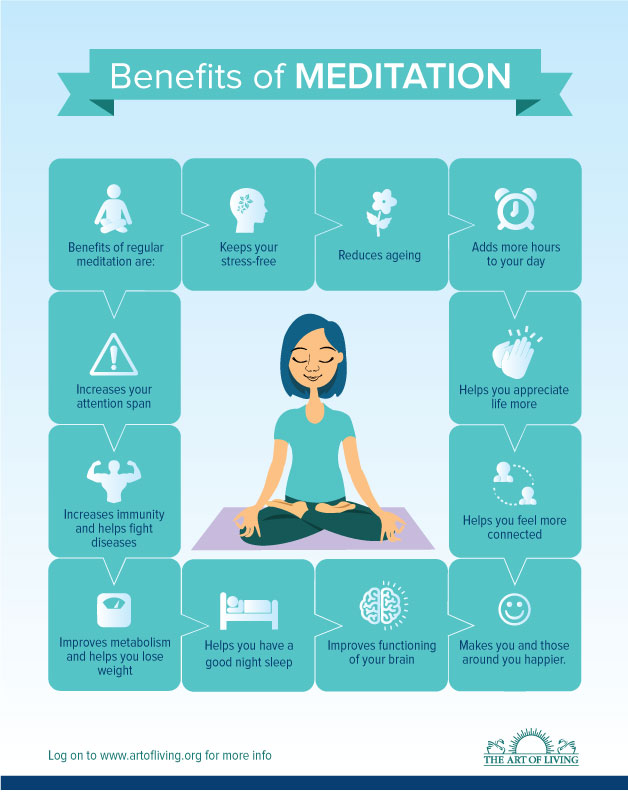
Meditation is not easy, especially when you’re just starting out, but it doesn’t have to be difficult either! One of the best pieces of advice I’ve ever received is that you have to shift your perspective if it seems like a chore. Instead of thinking, “I have to meditate,” think “I get to meditate.” And here’s the best part – you don’t have to meditate for an hour, or even half an hour…in fact you shouldn’t start there. A great strategy for beginners is to start with just two minutes at a time, and add one minute every day. Another exciting revelation – you don’t have to sit in a full lotus posture or any other pretzel-like position that is uncomfortable for you. Sitting in a chair is a great place to start, with the spine erect, shoulders relaxed, and a soft face and jaw. If you do want to sit on the ground, you can prop yourself up by sitting on a yoga block or two, or anything other object that can get your hips higher than your knees in a cross-legged position. Once you’re comfy, it might be a good idea to set a timer so you won’t have to worry about how much time has passed. Next, close your eyes, and take a few deep, slow breaths…in through the nose and out through the mouth. From here there are a TON of different types of meditation strategies you can try to help you center your mind and
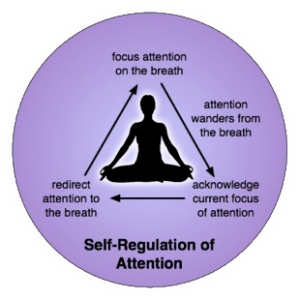 slow down your thoughts. That’s what mindful meditation is all about. You don’t have to attempt to stop thinking completely; rather, you can practice observing your thoughts, acknowledging them as they occur, and then gently letting them float away, returning your attention to your breathing and to the sensations happening in your body. Pretty freakin’ simple, and I guarantee that you will feel great afterward, especially if you keep meditating regularly! Final word of advice: Do NOT beat yourself up if you miss a few days. Any progress is good progress, and creating feelings of guilt for yourself is not productive.
slow down your thoughts. That’s what mindful meditation is all about. You don’t have to attempt to stop thinking completely; rather, you can practice observing your thoughts, acknowledging them as they occur, and then gently letting them float away, returning your attention to your breathing and to the sensations happening in your body. Pretty freakin’ simple, and I guarantee that you will feel great afterward, especially if you keep meditating regularly! Final word of advice: Do NOT beat yourself up if you miss a few days. Any progress is good progress, and creating feelings of guilt for yourself is not productive.
My Experience: I first learned to meditate in karate classes when I was 10 years old. Even after I ditched karate in favor of free Saturday mornings for running around outside, I kept up with the meditation on and off over the years. I found the practice especially useful during the wild and sometimes traumatic pre-teen and teenage years. I took a break from it during college (when I probably could have used it most), but have returned to it in the last 2 years. I know now that this practice is what yoga is really all about, this time for stillness and self-study. Meditation is what makes me feel whole and what allows me to come back to my true self when things get crazy. It helps me put things in perspective and tame my over-active inner critic. It helps me realize that my thoughts are not ME, and that they are not necessarily true either. That I have the power, in each and every moment of my day, to notice my train of thought and to send it in a more positive direction, if I only take a moment to breathe and to become aware of what’s happening inside. One of my favorite quotations from the Buddha says it all in so few words:
“All that we are is the result of what we have thought.
The mind is everything.
What we think, we become.”
——————————————————————————————————————————————————————————————————-
I hope that this post inspires you to find new ways to make your health and happiness a priority. Keep in mind that this was only a brief introduction to these practices. I encourage you to learn more about them and to make sure that they are appropriate for your unique health situation before making any changes.
Take care of yourselves and make sure you find a way to play a little bit every day! : )
You can find more from Christine on her website or on Facebook. Lacuna Loft does not endorse or mandate any of these self care practices…we serve to teach and educate on self care ideas and lifestyle management ideas and possibilities. Please self care responsibly 🙂
